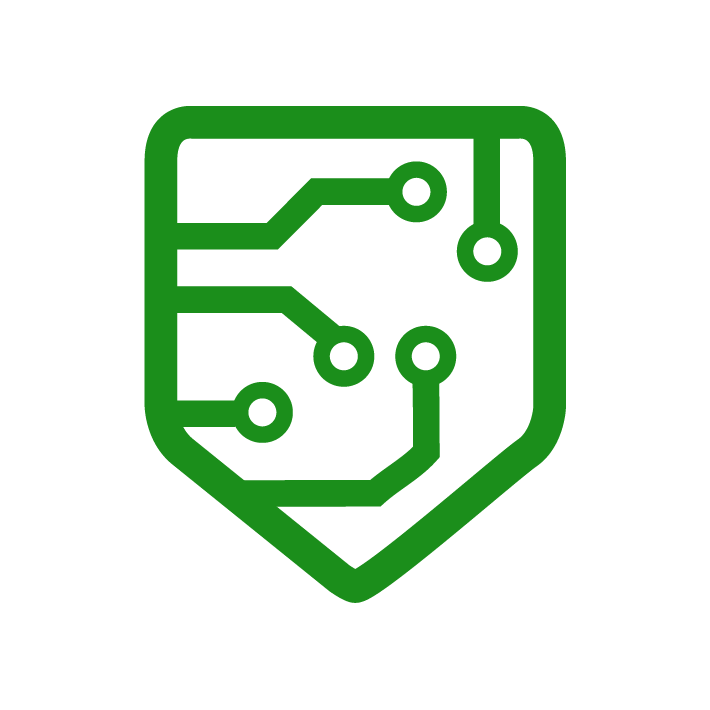The advent of smart homes has ushered in a new era of convenience and connectivity, but it also raises concerns about the security of IoT devices. As our homes become more interconnected, the need for robust security measures becomes imperative. In this blog post, we explore the role of vulnerability assessment in securing smart homes, and how SafeNet, a leading cybersecurity company, is at the forefront of safeguarding the digital fortresses within our homes.
Understanding the Security Landscape of Smart Homes:
- IoT Devices: The Backbone of Smart Homes: Smart homes rely on a myriad of IoT devices, from smart thermostats and cameras to connected appliances. Each of these devices, if left unsecured, can become a potential entry point for cyber threats.
- Rising Cybersecurity Concerns: With the increasing number of IoT devices in our homes, the attack surface for cybercriminals expands exponentially. Vulnerabilities in these devices can lead to unauthorized access, data breaches, and even compromise the physical security of our homes.
SafeNet’s Approach to Smart Home Vulnerability Assessment:
- Comprehensive Device Inventory: SafeNet initiates the vulnerability assessment process by creating a comprehensive inventory of all IoT devices within a smart home. This includes an examination of both hardware and software components to ensure no device goes unaccounted for.
- Identifying Potential Entry Points: The team at SafeNet meticulously evaluates potential entry points for cyber threats within the smart home ecosystem. This includes scrutinizing device connections, communication protocols, and entry points such as Wi-Fi networks.
- Proactive Vulnerability Scanning: SafeNet employs advanced vulnerability scanning tools designed to assess the security posture of each IoT device. By actively seeking vulnerabilities in device firmware, software, and configurations, SafeNet ensures a thorough examination of potential risks.
- Risk Prioritization and Remediation Strategies: Not all vulnerabilities carry the same level of risk. SafeNet prioritizes identified vulnerabilities based on their potential impact and implements remediation strategies accordingly. This approach allows homeowners to address the most critical risks promptly.
- Enhanced Network Security: SafeNet understands the importance of securing the network infrastructure supporting smart homes. By evaluating the strength of Wi-Fi passwords, router configurations, and network segmentation, SafeNet fortifies the overall security of the home network.
- User Education and Best Practices: SafeNet places a strong emphasis on user education. By empowering homeowners with knowledge about the risks associated with IoT devices and promoting best practices for secure usage, SafeNet ensures that residents actively contribute to the security of their smart homes.
As smart homes become an integral part of our lives, SafeNet stands as a stalwart guardian, committed to securing the IoT devices that make these homes intelligent. Through comprehensive vulnerability assessments, proactive scanning, and strategic remediation, SafeNet provides homeowners with the confidence that their smart homes are fortified against cyber threats. In the ever-evolving landscape of cybersecurity, SafeNet remains a trusted ally, ensuring that the future of smart living is not just convenient but also secure.





